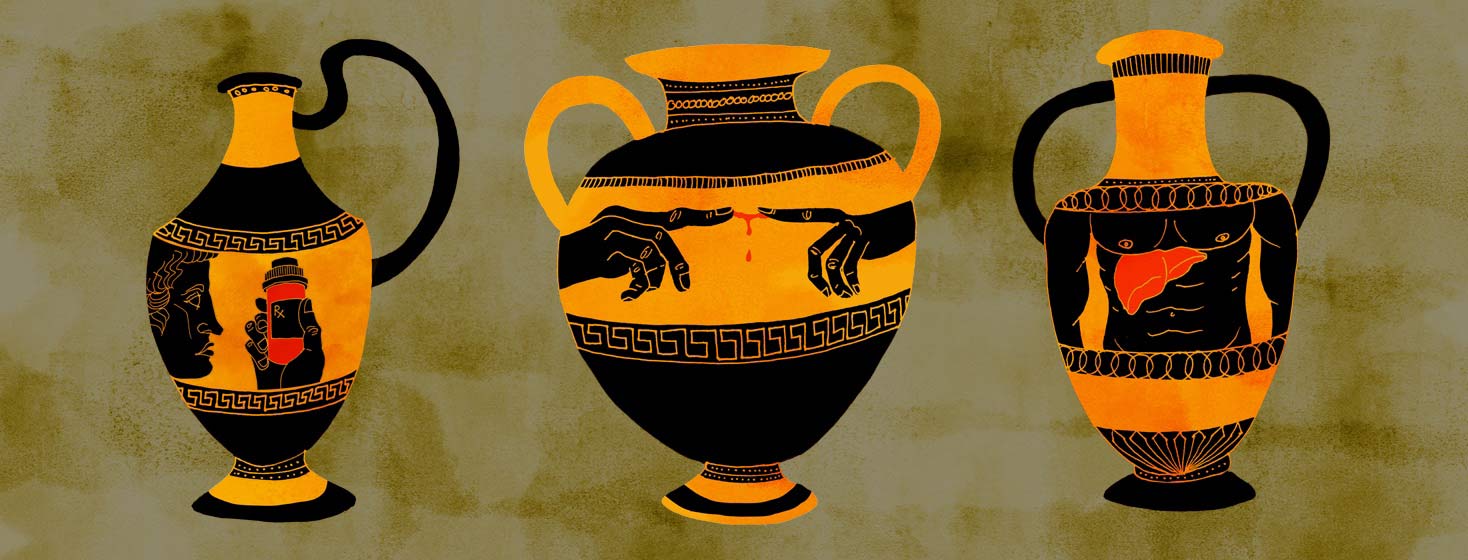Myths and Facts about Hepatitis C
It is not unusual when in a group, at a party, meeting or event, for someone to mention hepatitis C and the group goes quiet. Just hearing the phrase creates images and fear in many people, and many have little knowledge of what hep C is or what it does. The silence is the dark cloud, false assumptions that "hep C is a drug addict disease" and "those with hep C have a short time on earth".
FACT: Hepatitis C isn't always fatal
From my own experience, I know many highly-educated friends who are still misinformed and believe that hepatitis C is always a terminal illness- It isn’t. In some cases, hep C does cause cirrhosis of the liver, liver failure, or liver cancer. When left untreated or caught in the late stages, these can be terminal. Of those infected with hep C, 30 percent will spontaneously clear their bodies of the virus without treatment and may not experience any symptoms. In the remaining 70 percent who will require treatment, 15-30 percent will develop cirrhosis. Today, antiviral treatments have a 95% percent cure rate and reduce the risk of cirrhosis or liver cancer (depending on when treatments begins and how aggressive their disease is).1
FACT: Today's treatments are better than ever!
Many of the older treatments used up into the 1990’s had low cure rates combined with problematic side effects. Many think today's DAA’s treatments have similar side effects and thus avoid treatment. However, the current regime of antiviral treatments have minimal side effects and life disruptions. Given the risk of liver failure, cancer, and cirrhosis, combined with minimal side effects and high success rates, hep C treatment is strongly encouraged.
FACT: Hepatitis C can only be spread through blood-to-blood contact
Another common misconception is that hepatitis C is transmitted solely by contaminated needles, primarily through illegal use of street drugs. It’s true that the sharing of needles causes the majority of hep C cases, but not all can be traced to the sharing of needles. Conversely some, particularly young, people believe they can use needles for drug injection infrequently and avoid hep C.2 This is not true and is a dangerous misconception because many people who use drugs have hep C, thus the sharing of needles even once puts the participant at high risk for the virus.
Many people also believe hep C can be transmitted by being inhaled, or persist for long periods outside of the body on table tops and cabinets, or be conveyed through touching or sharing of food. Hepatitis is a bloodborne virus spread though the exchange of blood. Transmission is most common through sharing of needles, reuse or inadequate sterilization of medical equipment in healthcare settings, transfusion of unscreened blood and blood products, and some sexual practices that lead to exposure to blood. It is not transmitted through breast milk, food, water, or casual contact such as hugging, kissing and sharing food, drinks or eating utensils with an infected person. The holding of hands, coughing or sneezing, or caring for an infected person (unless there is an exchange of blood) doesn't transmit the virus, though many still falsely believe this to be the case.
What myths about hepatitis C have you heard? Let us know with a comment below!

Join the conversation